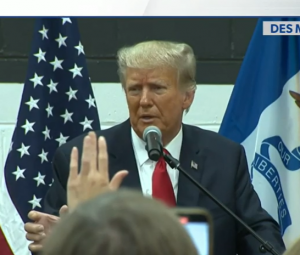North Korea has tested parts of its biggest intercontinental ballistic missile in two recent launches, the US and South Korean militaries said, a suggestion it is likely to fire that weapon soon to put a spy satellite into orbit in what would be its most significant provocation in years.
Separately, South Korea’s Defence Ministry said it detected signs that North Korea was possibly restoring some of the tunnels at its nuclear testing ground that were detonated in May 2018, weeks ahead of leader Kim Jong Un’s first summit with then- President Donald Trump. The ministry didn’t say whether it believes the North was restoring the site to resume tests of nuclear explosives.
Also read: Kim Jong Un seeks to expand launch pad amid worry about ICBM firing
North Korea’s neighbours detected two ballistic launches last week. North Korea later said it was testing cameras and other systems to be installed on a spy satellite but didn’t disclose what missiles or rockets it used.
After analysing the launches, the U.S. and South Korean militaries concluded they involved an ICBM system under development that North Korea first unveiled during a military parade in October 2020.
Also read: South Korea elects conservative ex-prosecutor Yoon Suk Yeol as president
“The purpose of these tests, which did not demonstrate ICBM range, was likely to evaluate this new system before conducting a test at full range in the future, potentially disguised as a space launch,” Pentagon press secretary John Kirby said in a statement Thursday.
South Korea released a similar assessment and said North Korea must immediately stop any act that raises tensions and regional security concerns.
Also read: South Korea fires warning shots at North Korean patrol boat
The ICBM in focus is the Hwasong-17, North Korea’s biggest missile, which could potentially fly up to 15,000 kilometres (9,320 miles), far enough to strike anywhere in the U.S. and beyond. The 25-metre (82-foot) missile, which was shown again at a defence exhibition in North Korea’s capital, Pyongyang, last year, has yet to be test-launched.
North Korea has already demonstrated the potential to reach the U.S. mainland with flight tests of other ICBMs, the Hwasong-14 and Hwasong-15, in 2017. Some analysts say developing a larger missile could mean the country is trying to arm its long-range weapons with multiple warheads to overcome missile defence systems.







